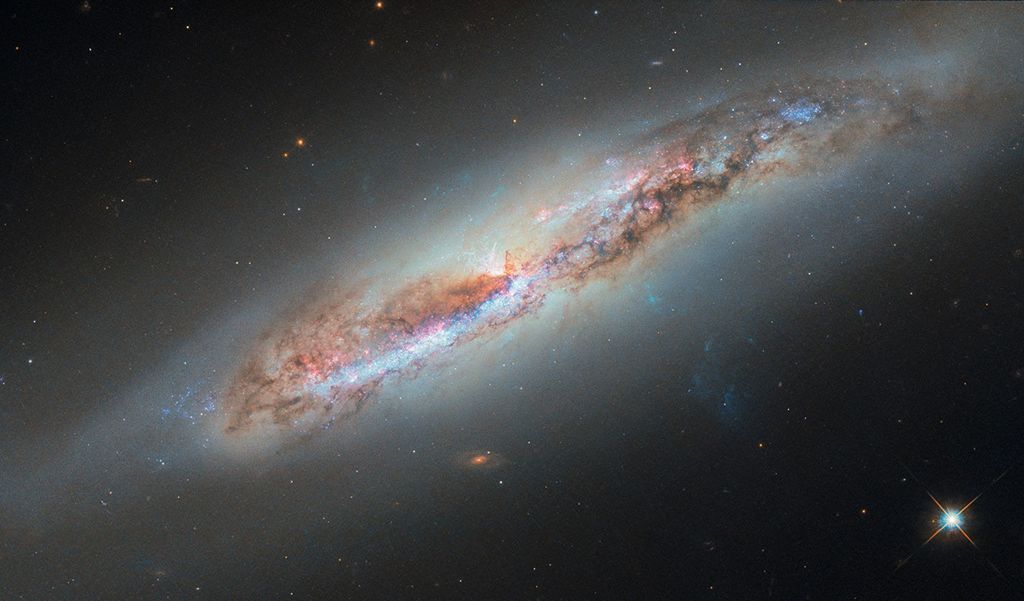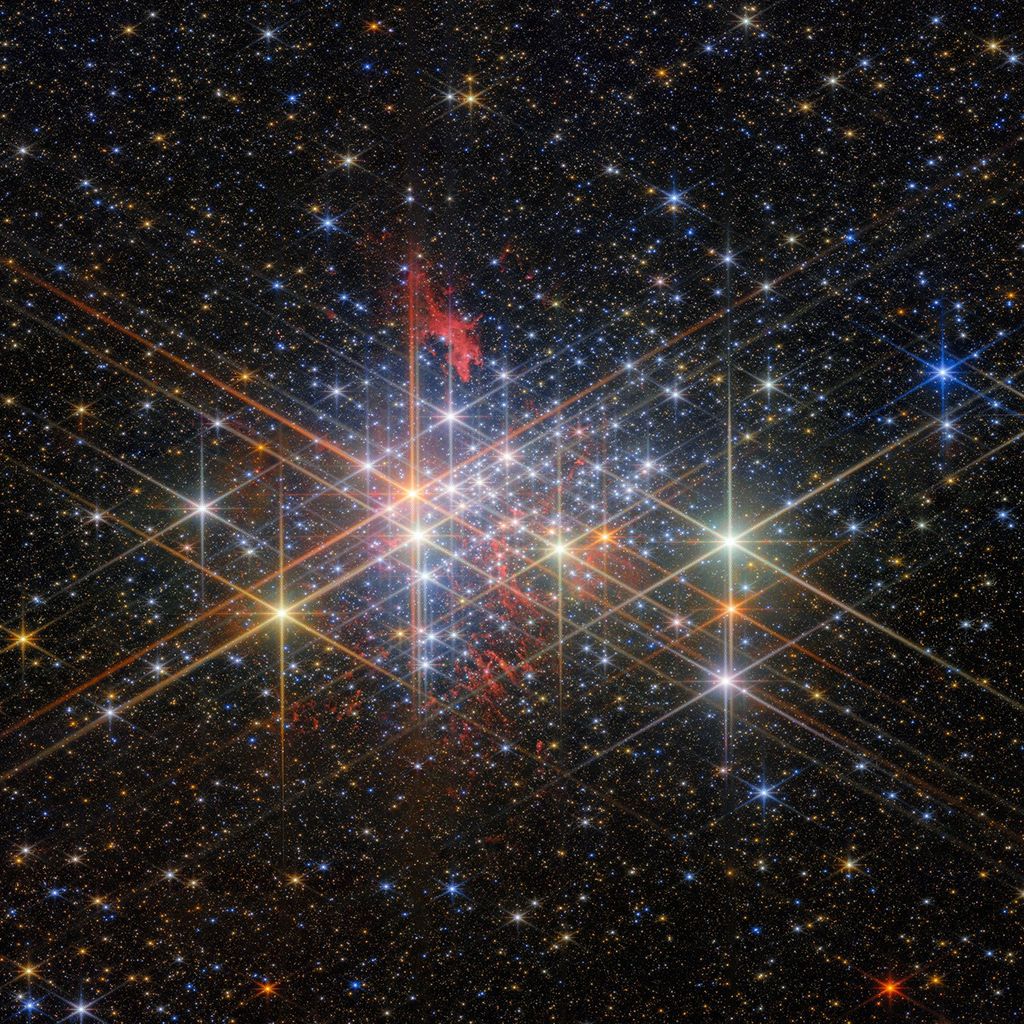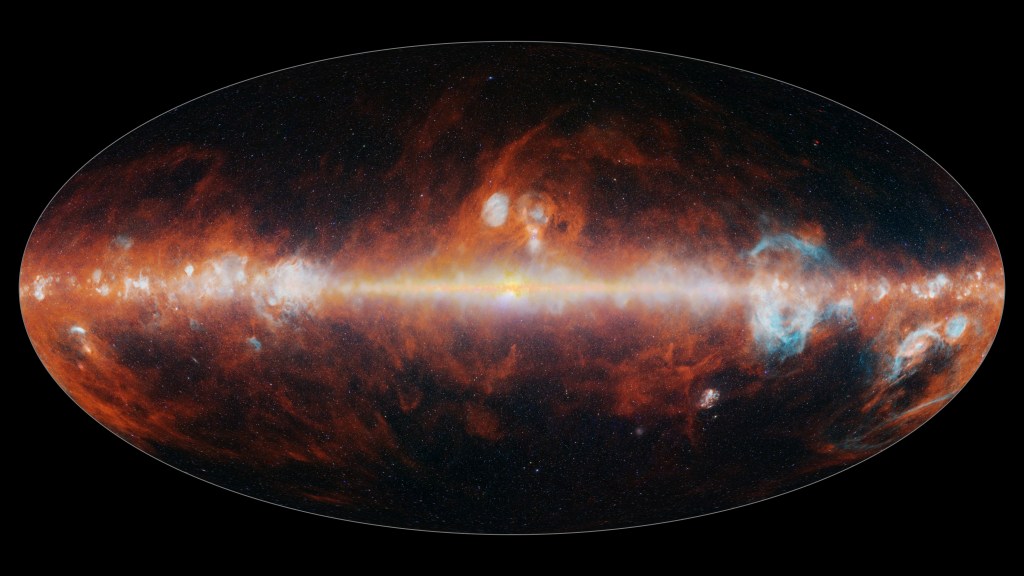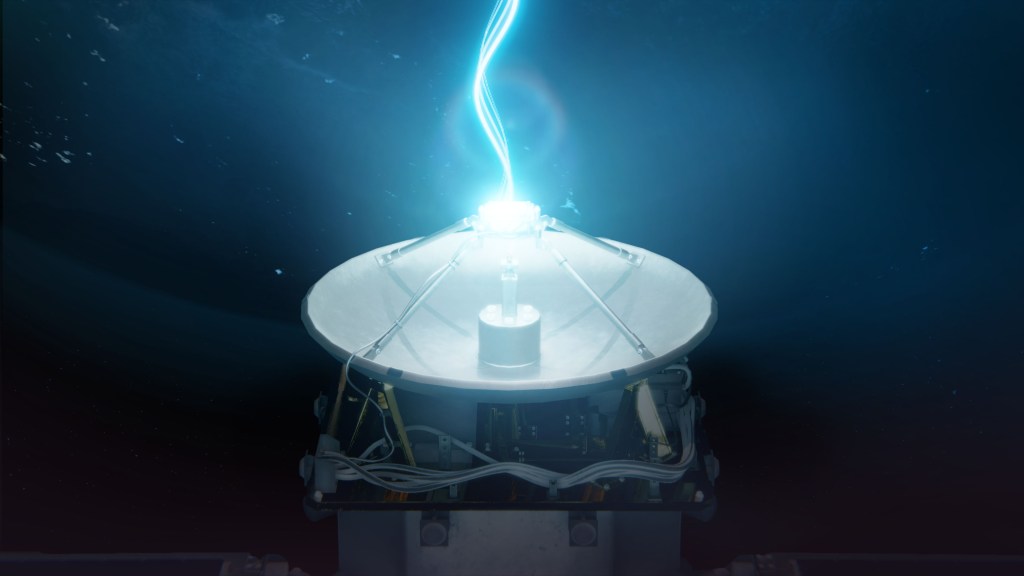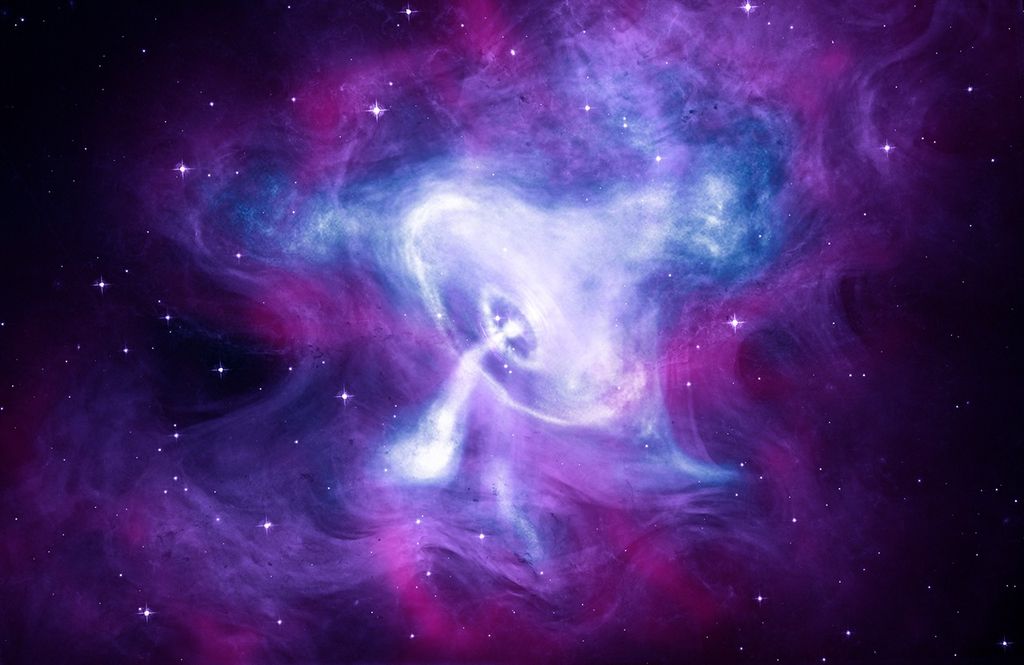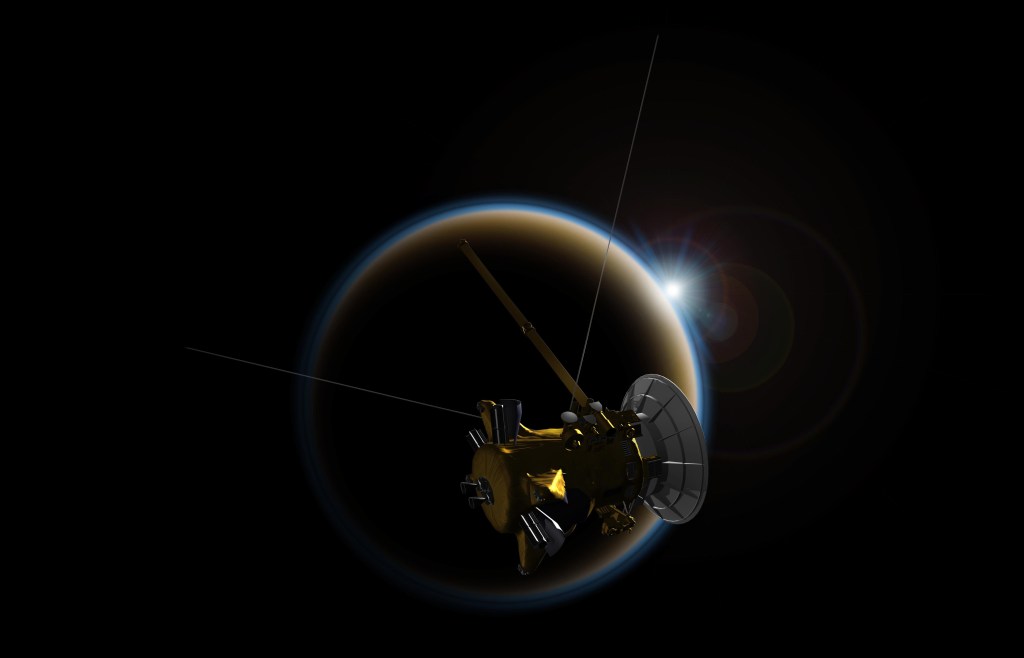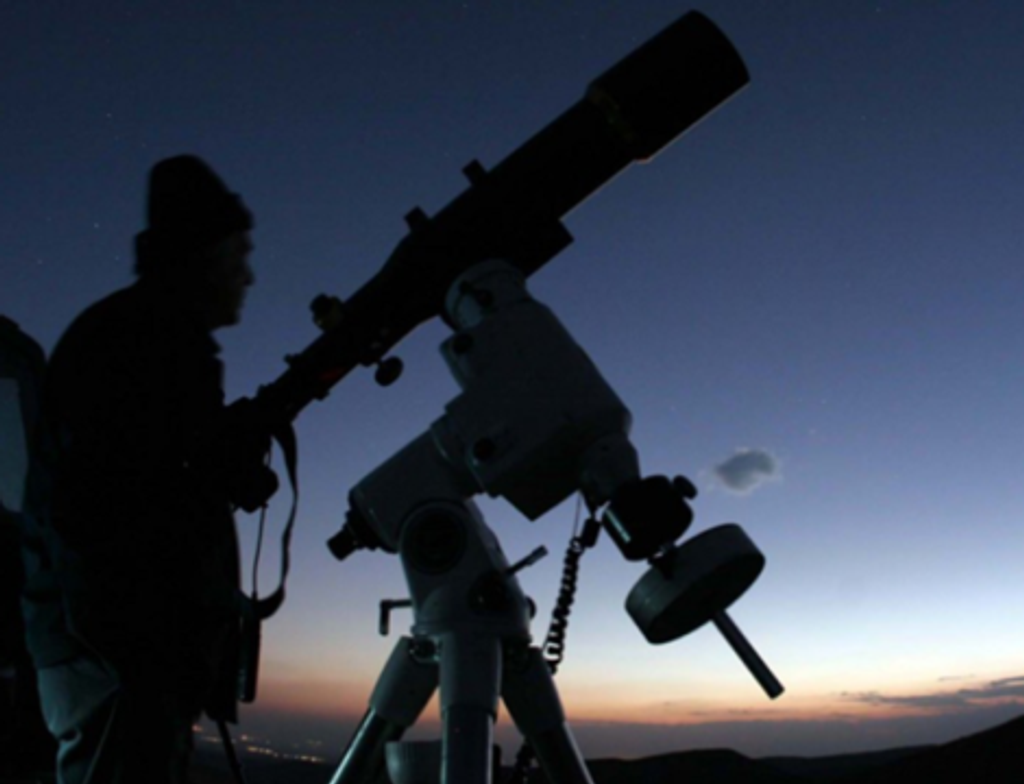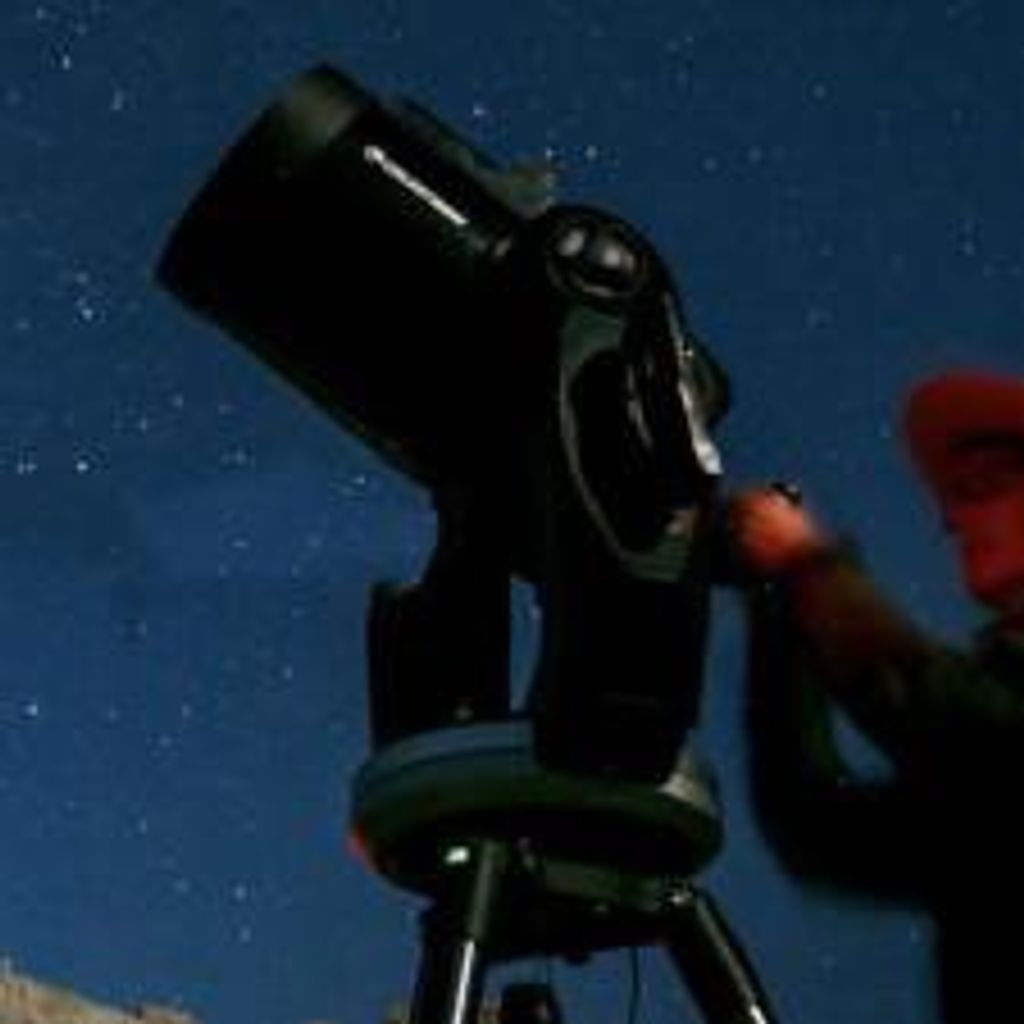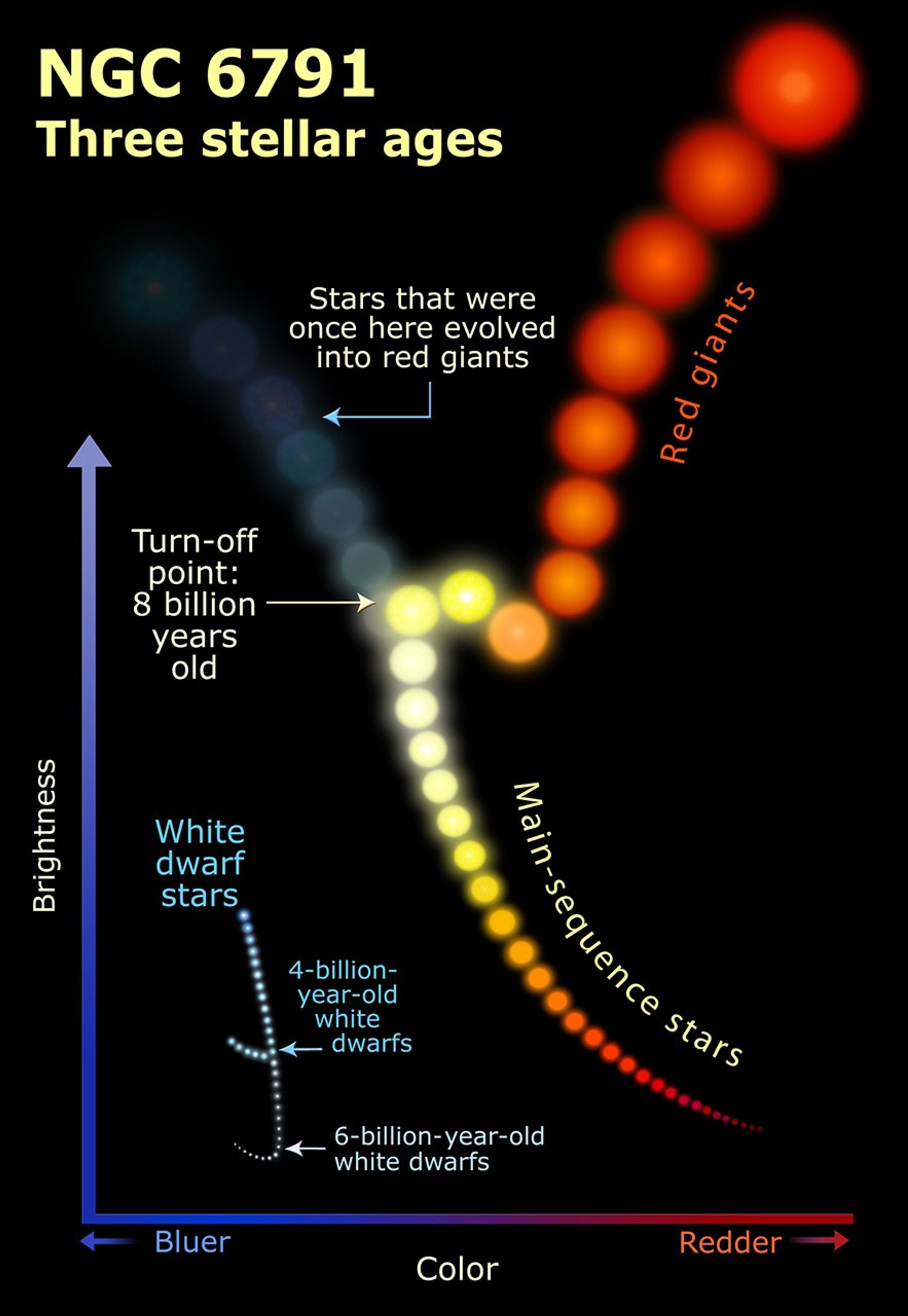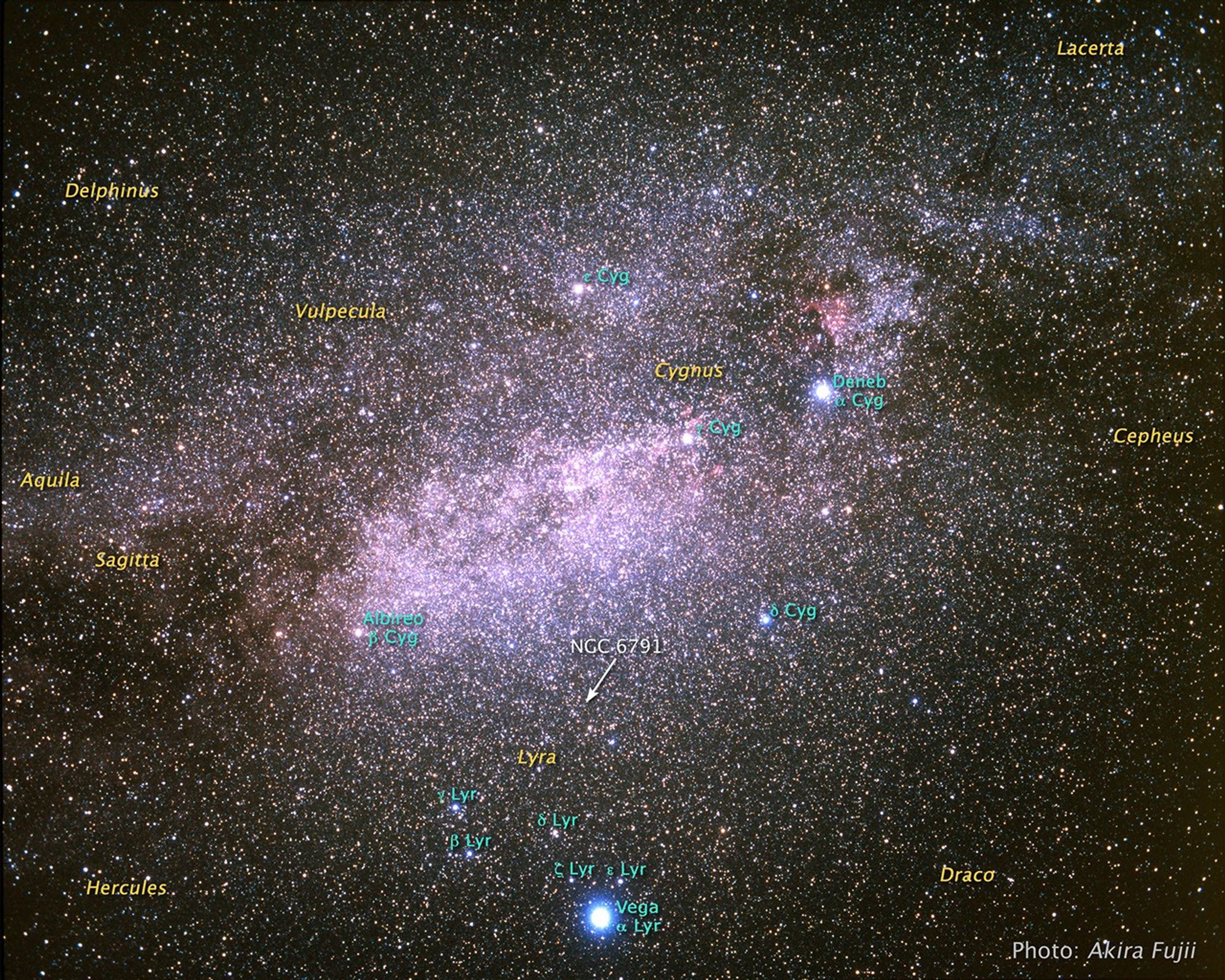1 min read
NGC 6791: Full Hubble ACS Field

About the Object
- R.A. PositionR.A. PositionRight ascension – analogous to longitude – is one component of an object's position.19h 20m 52.99s
- Dec. PositionDec. PositionDeclination – analogous to latitude – is one component of an object's position.37° 46' 18.0"
- ConstellationConstellationOne of 88 recognized regions of the celestial sphere in which the object appears.Lyra
- DistanceDistanceThe physical distance from Earth to the astronomical object. Distances within our solar system are usually measured in Astronomical Units (AU). Distances between stars are usually measured in light-years. Interstellar distances can also be measured in parsecs.13,300 light-years or 4 kiloparsecs
- DimensionsDimensionsThe physical size of the object or the apparent angle it subtends on the sky.The image is approximately 2.5 arcminutes (10 light-years or 3 parsecs) wide.
About the Data
- Data DescriptionData DescriptionProposal: A description of the observations, their scientific justification, and the links to the data available in the science archive.
Science Team: The astronomers who planned the observations and analyzed the data. "PI" refers to the Principal Investigator.HST Proposal: 9815 I. King (University of Washington), J. Anderson (STScI), G. Piotto (University of Padova), and L. Bedin (STScI); and 10471: I. King (University of Washington), J. Anderson (STScI), G. Piotto (University of Padova), L. Bedin (STScI), S. Cassisi (Collurania Astronomical Observatory, Italy), and M. Salaris (Liverpool John Moores University). - InstrumentInstrumentThe science instrument used to produce the data.HST>ACS/WFC
- Exposure DatesExposure DatesThe date(s) that the telescope made its observations and the total exposure time.July 2003, July 2005, Exposure Time: 6 hours
- FiltersFiltersThe camera filters that were used in the science observations.F606W (V) and F814W (I)
- Object NameObject NameA name or catalog number that astronomers use to identify an astronomical object.NGC 6791
- Object DescriptionObject DescriptionThe type of astronomical object.Open Cluster
- Release DateJuly 10, 2008
- Science ReleaseWhat’s My Age? Mystery Star Cluster Has 3 Different Birthdays
- Credit

The image is a composite of several separate exposures made by the ACS instrument on the Hubble Space Telescope. Two filters were used to sample broad wavelength ranges in the visible and near infrared. The color results from assigning different hues (colors) to each monochromatic image. In this case, the assigned colors are: Cyan: F606W (V) Orange: F814W (I)
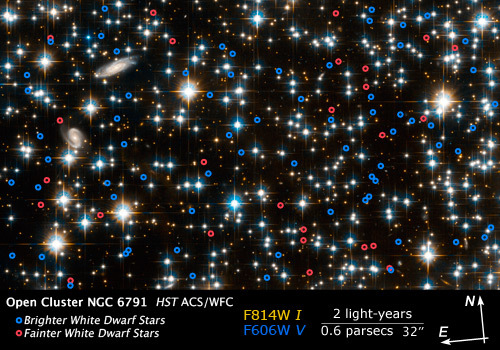
Related Images & Videos
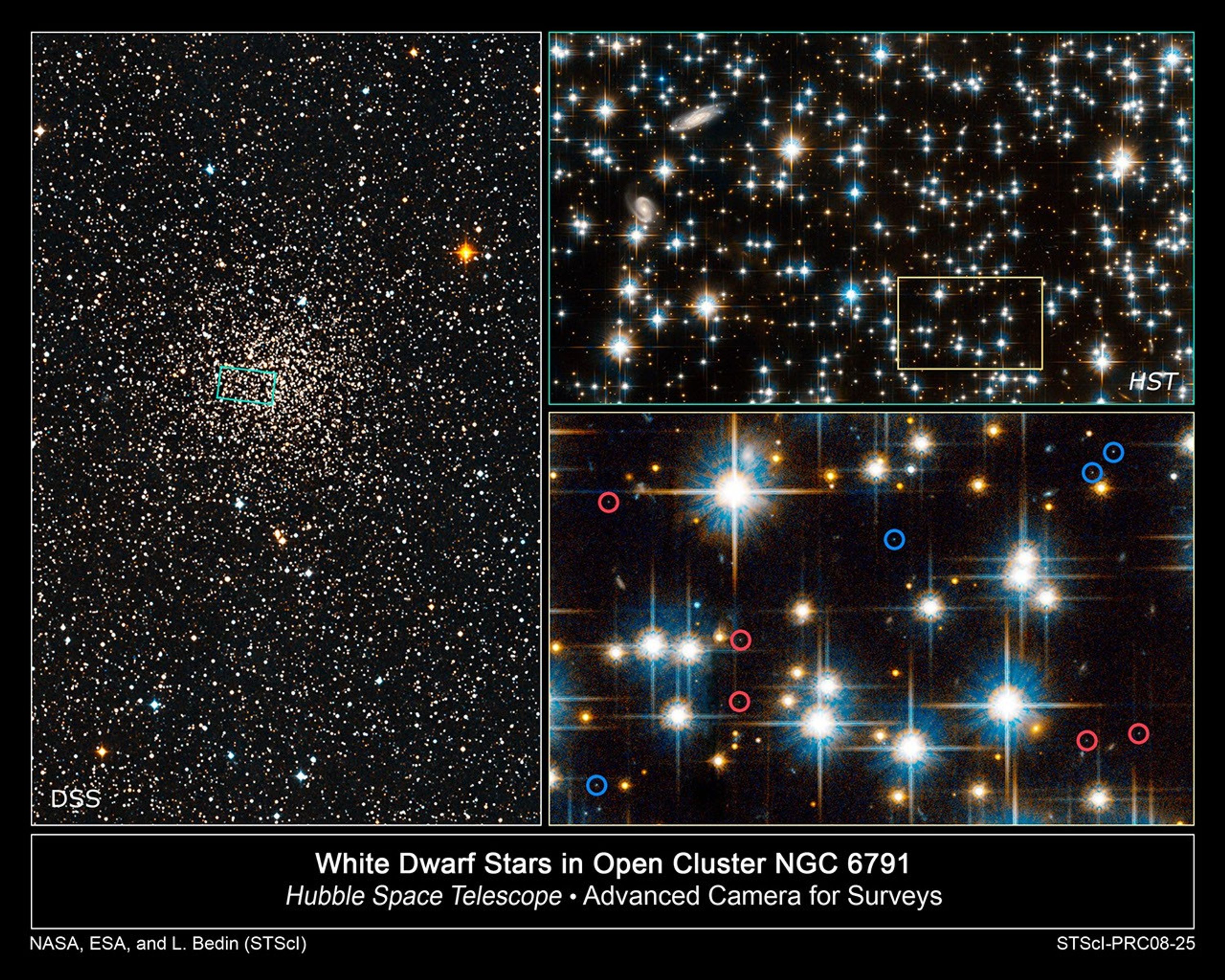
White Dwarf Stars in Open Cluster NGC 6791
In studying the dimmest burned-out stars in globular star cluster NGC 6791, NASA's Hubble Space Telescope has uncovered a paradox: three different populations of stars exist in an object where all the stars should have formed at the same time out of an interstellar cloud of gas...
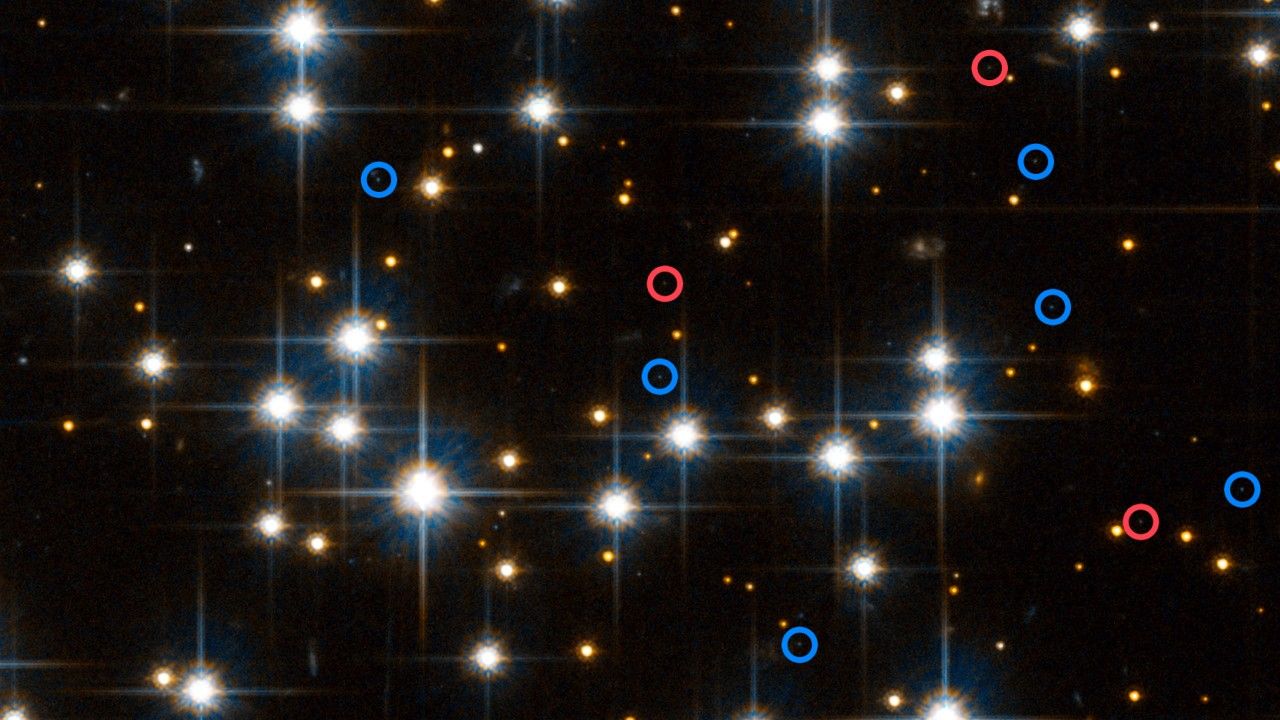
Zooming into an Open Star Cluster Yields Unexpected Results
This movie takes a closer loook at Hubble's image of NGC 6791, one of the oldest and largest open clusters known. The detection of white dwarfs that vary in age leads astronomers to rethink the theory that stars found in these clusters develop at the same time from large clouds...
Share
Details
Claire Andreoli
NASA’s Goddard Space Flight Center
Greenbelt, Maryland
claire.andreoli@nasa.gov

